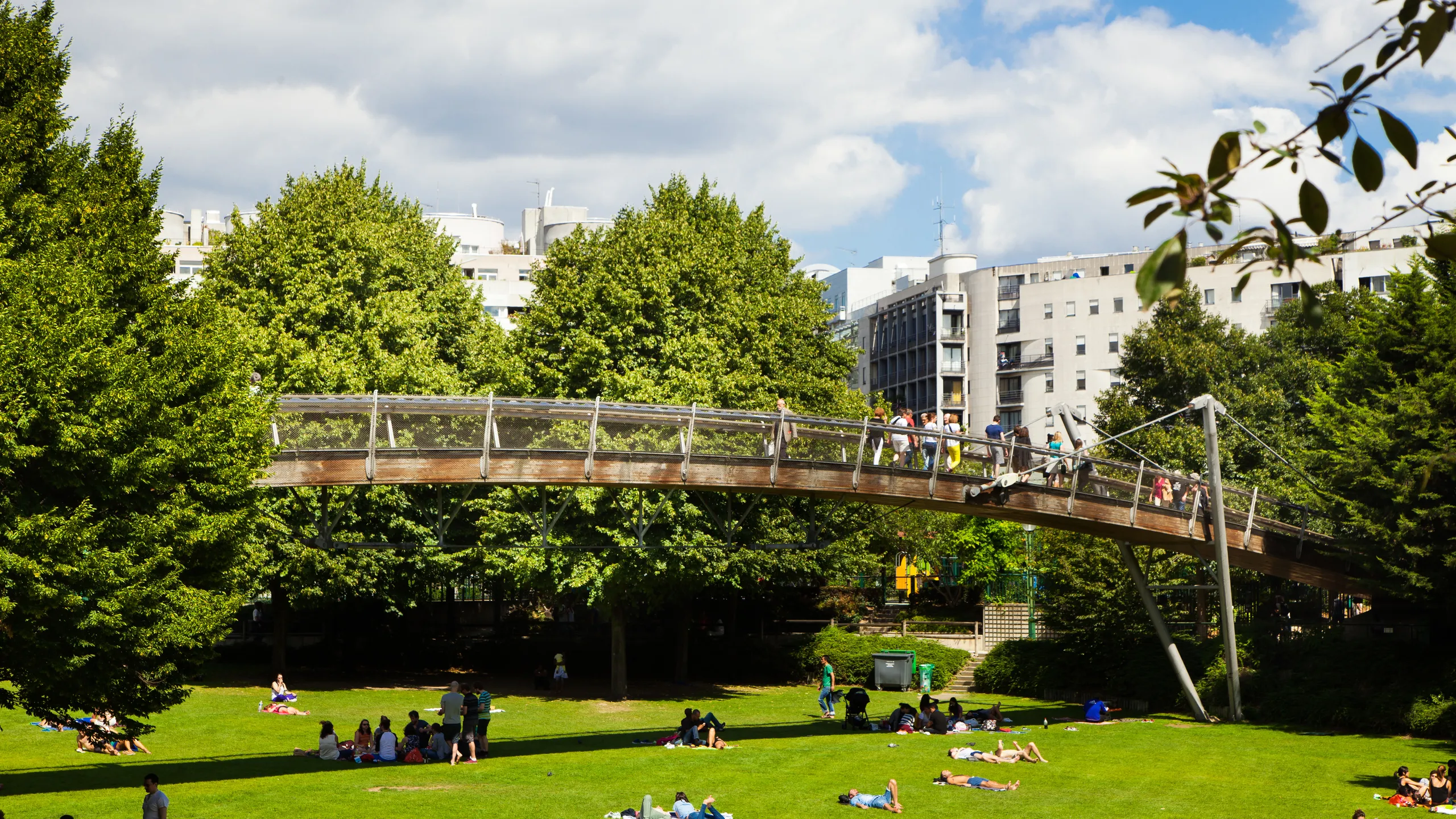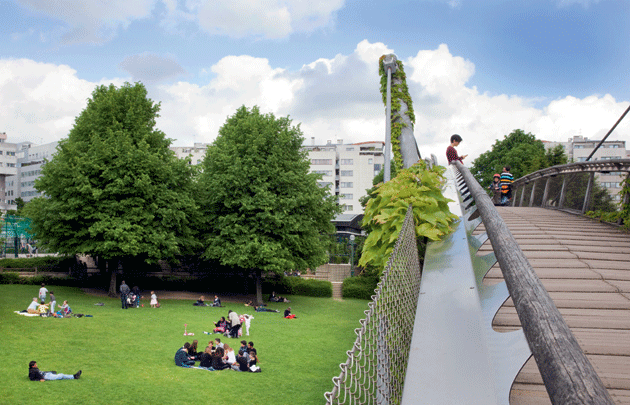Using landscape to combat climate change.
- Ayush Mishra
- Dec 13, 2022
- 3 min read

Climate change is one of the biggest challenges facing the world today. It is caused by the emission of greenhouse gases, such as carbon dioxide, into the atmosphere, which traps heat and leads to an overall warming of the planet. This warming can have a range of negative effects, including more frequent and intense heatwaves, droughts, and storms, as well as rising sea levels and changes to the distribution of plants and animals.
Landscape architecture is the design of outdoor spaces, including gardens, parks, and public squares. It is a discipline that focuses on the natural and built environments, and how they can be integrated to create functional, beautiful, and sustainable spaces.
One way that landscape architects can combat climate change is by incorporating green infrastructure into their designs. Green infrastructure refers to the use of natural systems, such as trees, plants, and soil, to manage water and air quality, and to reduce the amount of heat absorbed by urban areas. For example, trees and vegetation can provide shade and cooling, absorb stormwater, and filter pollutants from the air. Green roofs, which are planted with vegetation, can also provide insulation and reduce the amount of heat absorbed by buildings.
Another way that landscape architects can combat climate change is by designing spaces that encourage active transportation and reduce the need for cars. Transportation is a major source of greenhouse gas emissions, and cars are particularly damaging to the environment. By designing streets, sidewalks, and bike paths that are safe and inviting, landscape architects can encourage people to walk, bike, or use public transit instead of driving. This not only reduces greenhouse gas emissions but also promotes healthy, active lifestyles.
Furthermore, landscape architects can design spaces that support local food production. As the world population grows, it is becoming increasingly important to find sustainable ways to produce food. Local food production can reduce the environmental impact of transportation, as well as support local economies, and improve access to fresh, healthy food. Landscape architects can design community gardens, rooftop gardens, and other urban agriculture spaces that support local food production.
3 Examples that combat climate change with their Landscape
1) The High Line in New York City
The High Line in New York City is a successful example of using landscape architecture to combat climate change. The High Line is a former elevated railway line that has been transformed into a public park. The park features a green infrastructure system that captures and recycles rainwater, and plants and trees that provide shade and cooling. The park also encourages active transportation, with dedicated bike lanes and walking paths. As a result of these features, the High Line has reduced greenhouse gas emissions and improved the quality of life for local residents.
2) The Singapore Botanic Gardens
The Singapore Botanic Gardens is another example of using landscape architecture to combat climate change. The gardens feature a range of sustainable design elements, including green roofs, rainwater harvesting systems, and energy-efficient lighting. The gardens also support local food production, with a number of community gardens and urban agriculture spaces. These features have helped to reduce the environmental impact of the gardens, and have made them a popular destination for both locals and tourists.
The Coulée verte René-Dumont in Paris
The Coulée verte René-Dumont in Paris is a third example of using landscape architecture to combat climate change. The Coulée verte is a 5.5 km long park that was built on a former railway line. The park features a green infrastructure system that captures and filters rainwater, and a range of plants and trees that provide shade and cooling. The park also encourages active transportation, with dedicated bike lanes and walking paths. These features have helped to reduce greenhouse gas emissions and improve the quality of life for local residents.
In conclusion, landscape architecture has an important role to play in combating climate change. By incorporating green infrastructure, promoting active transportation, and supporting local food production, landscape architects can help to reduce greenhouse gas emissions and create more sustainable, resilient communities.
















コメント